When George King first moved from Northfield to Foresterhill Nursing College when he was seven years old, he thought his parents had moved them to the country.
Sitting under the fluorescent office lighting in Aberdeen Royal Infirmary 57 years later with building works punctuating our conversation, the rolling fields of his childhood seem hard to believe.
“The site was very different than what it is today,” George said.
“My overwhelming memory when I was younger, when we first came up here, was how beautiful the grounds were around the hospital.
“There were sheep, cows and horses. There was a market garden here at one time as well which was fantastic because all the kids spent the entire summer eating gooseberries and other fruit.
“Phase one had been built but phase two wasn’t there at all.”
The King family have given a combined service to NHS of over 120 years
George and his brother were one of the families who stayed on the hospital grounds after his parents, George Snr and Eleanor King got jobs in 1967 working at Foresterhill Nursing College, as a janitor and domestic cleaner respectively.
Aged 16, George, who was born at Aberdeen Royal Infirmary’s maternity unit in 1959, then got a job working on-site in the pathology department.
Fast forward 48 years, the head of labs admitted that physically, he hadn’t moved very far.
“I’ve moved to different floors. I’ve gone from the third floor to the fourth to the second floor, but that’s about the limit of where I’ve gone.”
Having just celebrated his retirement, George is hanging up his lab coat.
However, he is leaving his two daughters Mhairi Milne, a Breast Screening Unit support manager and Merran King who has just started her first job as a biomedical scientist at Aberdeen Royal Infirmary.
When a quick bit of maths reveals George’s family have given a combined 120 years of service to the NHS so far, he joked: “We’ve got to staff the NHS somehow.”
Life on hospital grounds through the seasons
George and his family stayed in a flat inside the nursing college and it is clear he holds a lot of fond memories of his childhood.
Whether the gardeners and matrons felt the same is another story.
“The site was just like our playground,” he said.
“We got up to some pretty wicked stuff.
“We must have been the bane of the lives of the gardeners in autumn because when the leaves came down, we used to chuck all the leaves in the grate and flood it.
“Autumn was always a good time… wearing wellie boots and playing in the burn which flows down to Westburn Park was fantastic. I saw my first dragonfly there.
“There was this three-inch big insect that I was convinced was going to devour me.”
Other fond memories include collecting conkers from a nearby orchard, hanging outside the Foresterhill Lea window catching glimpses of the junior doctors’ colour TV, and getting them into trouble by distracting them from their studies by playing cricket and football.
George first started working for the NHS aged 16
When George was 16 years old, with a good head for science, he applied for a job in the pharmacy at Aberdeen Royal Infirmary.
Due to someone leaving in the pathology department, after an interview, George was offered a position there instead – the same department his daughter Merran is now working in – before moving to labs after a year.
He started doing immunocytochemistry (ICC) – a technique used to help diagnose diseases – which was fairly new at the time and is now the main cancer diagnostics in the pathology department today.
The technique helps to identify things you could not do just by looking down a microscope.
“It was very, very cutting-edge stuff,” George said. “The first year I worked in ICC chemistry, I think we did two diagnostics cases. By the time I’d left, we were doing over 40,000.”
‘Laboratory diagnostics are involved in 70% of all clinical decision making’
In 2002, George became the laboratory manager in pathology.
A year later, he became the operational manager for laboratory medicine and was put in charge of all six departments within the field.
And after 22 years in the role, it is clear George’s passion for his work has not diminished: “I had the best career ever. I’ve been incredibly lucky with the type of work I’ve done.
“The general public and a lot of people within the NHS don’t always understand the scale of laboratories and the work that goes on.
“There’s a figure that the Department of Health in England produced years ago that showed laboratory diagnostics are involved in 70% of all clinical decision-making.
“That 35 million tests a year we do – for a population of somewhere just over half a million – is absolutely massive.
“It’s not just about the results, it’s about the quality process behind them to be sure it is the right result, for the right patient, at the right time.
“You’re always aware that you have to get that diagnosis right for the patients and it has to be in a timescale that tries to settle them down a bit and keep them ok.”
‘You never stand still in labs’
Reflecting as he relinquishes his title, it is clear the 65-year-old has seen his fair share of change.
“It’s typical laboratories,” he said. “Technology drives labs so you never stand still in labs. It’s never a boring job. There’s always new technology coming along.”
But one of the biggest changes and challenges, as it was for so many, was when Covid hit.
Knowing the virology and microbiology sample numbers were “about to go through the roof”, they had to quickly extend the virology department and move across anyone who had any training and get them up to speed.
“We managed to ramp up things to the extent that NHS Grampian became one of the regional Covid centres,” George said.
“I was always amazed at just how well labs coped. But they all talk between departments and there’s a real can-do attitude within laboratory medicine. And when that challenge came along, they rose to it.”
Merran the biomedical scientist following in her dad’s footsteps
As young girls, Mhairi and Merran often remember visiting the hospital with their dad or grandpa who often popped by after retiring in 1998.
Merran, 22, recalled regular visits to the lab which sparked an interest and led to a degree in biomedical sciences at RGU.
She said: “Dad’s given me quite a lot of advice. He was really helpful during uni.
“And then it wasn’t so scary when I started this job a few months ago because I’d been here so much and dad told me so much about it. I knew a lot about it before I even started the job.”
She added: “I think you don’t hear much about labs. It’s so hidden away and it’s such an important thing such as patient care and patient diagnosis. I think a lot of people forget about it sometimes.
“I think going into a lab and seeing all the specimens and thinking ‘That’s come from someone and someone’s waiting for a diagnosis’ and that can make me think ‘Oh I want to work there and help people’.
“Even though we’re not face-to-face with patients, we still play such a big role in helping them with their diagnosis and helping them along the journey.”
Mhairi was inspired by her dad’s passion for people and the NHS
Although in a different position and department, Mhairi, 31, was also inspired by her dad and his passion and care for people.
Working within the Abdominal aortic aneurysm (AAA) screening programme from age 19, and now support manager for the breast screening service, Mhairi said: “I enjoy speaking with women over the phone when I get the chance to.
“It’s nice to get that contact with patients and seeing the team work together… and helping them on the pathway.
“I had a bit of guidance from dad and working for the NHS. There’s a lot of pros of working with the NHS and I think it’s a good place to work.”
Retirement: ‘I’ve been here since I was 16’
When asked how they think their dad will cope with retirement, they said he will probably be spending a lot of time in his campervan.
And, Mhairi added, hopefully seeing his two grandkids Jacob and Ruaridh.
Turning the question to George, he said: “It will feel strange after all these years.
“But I don’t have a problem with retiring. I’ve been here since I was 16.
“When I say I’m not going to miss work, that’s not true. I’ve invested so much in it and it’s an amazing group of people who work within laboratories. They are hugely committed to what they do.
“They all know their place in the patient pathway and how important laboratories are to patients so it’s all been left in good hands.
“Now I intend to see every single track dead-end road with a beach at the end of it in Scotland with the campervan.”
To celebrate George’s service, his colleagues put on a retirement party and presented him with a gift.
And while George appears to be taking a well-deserved break from working with the NHS, it’s clear his daughters are just beginning theirs and are carrying on the family legacy.
And they might not be the last.
With a cheeky gleam, George adds: “Just wait until I get Ruaridh his first chemistry set.”
More My Family stories:
- Robbie Shepherd’s son and siblings share stories of what life was like as family of legendary broadcaster
- ‘Death is our life, and always has been’: Meet Kathleen MacIntosh and her family of Bridge of Don funeral directors
- What’s it like being member of the Lochaber family of coastguards with over 100 years service?
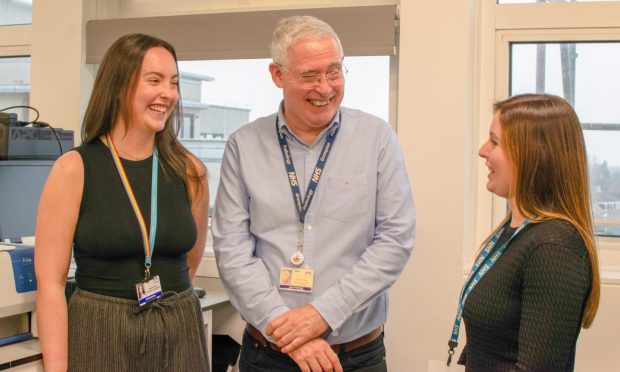
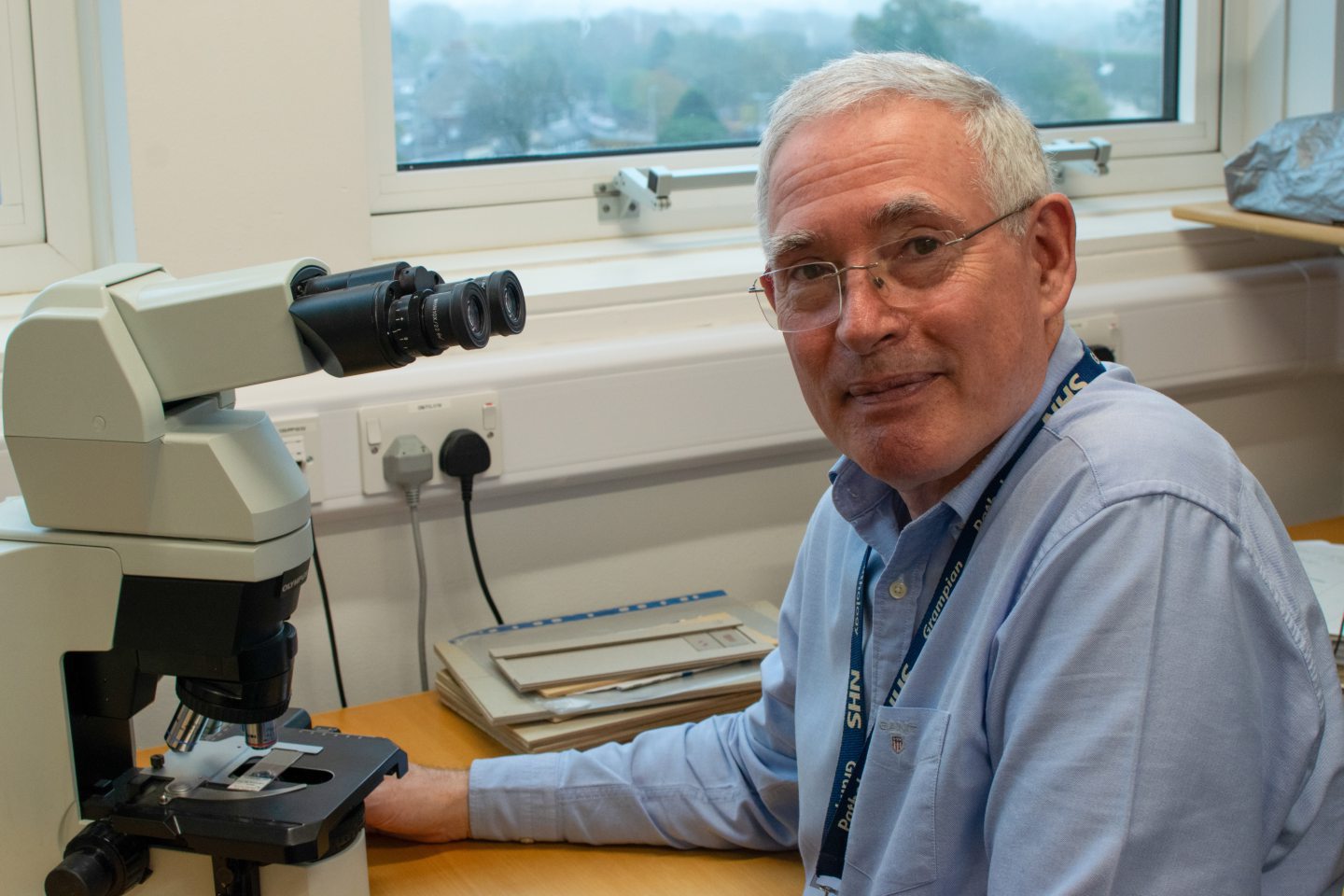
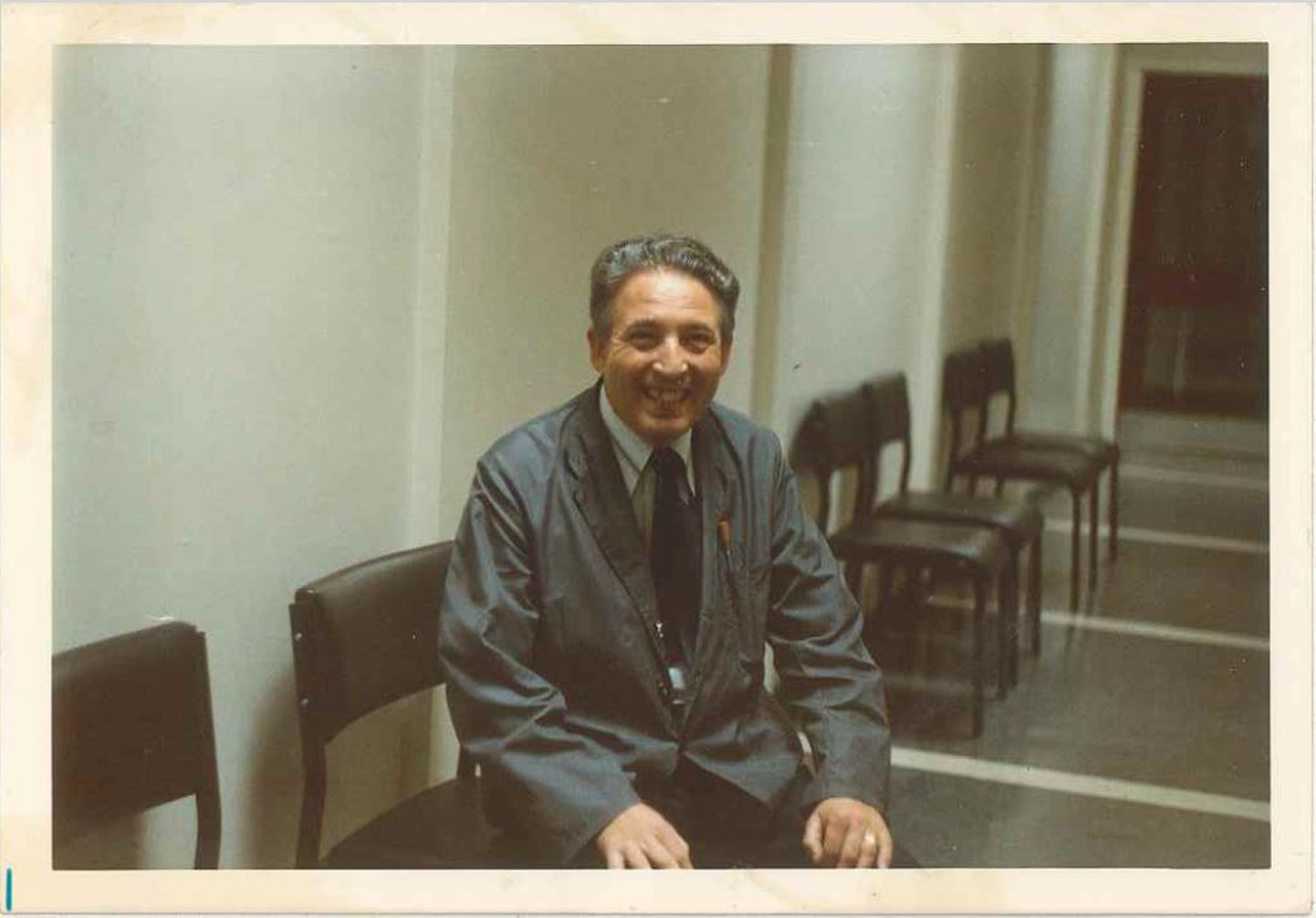
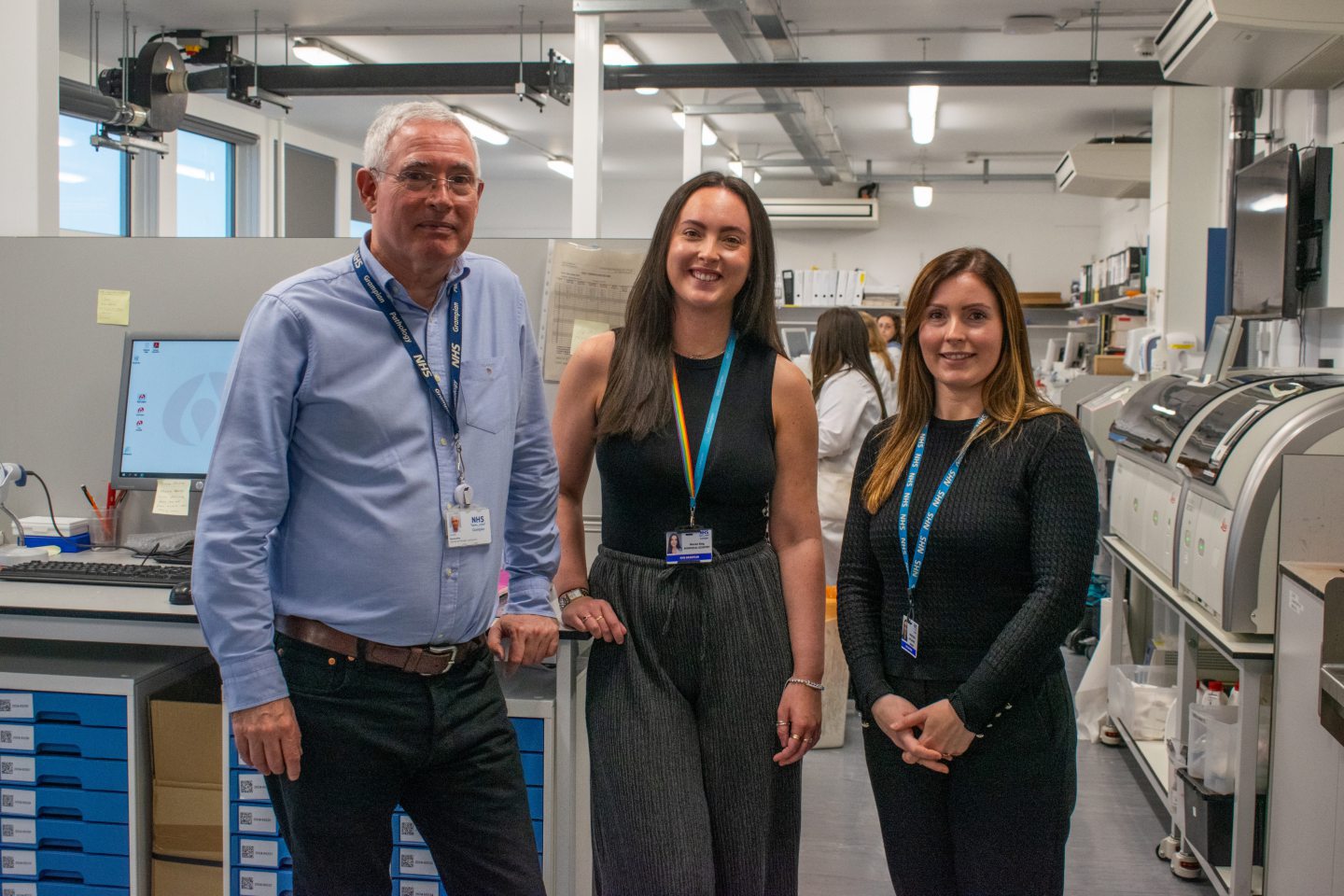
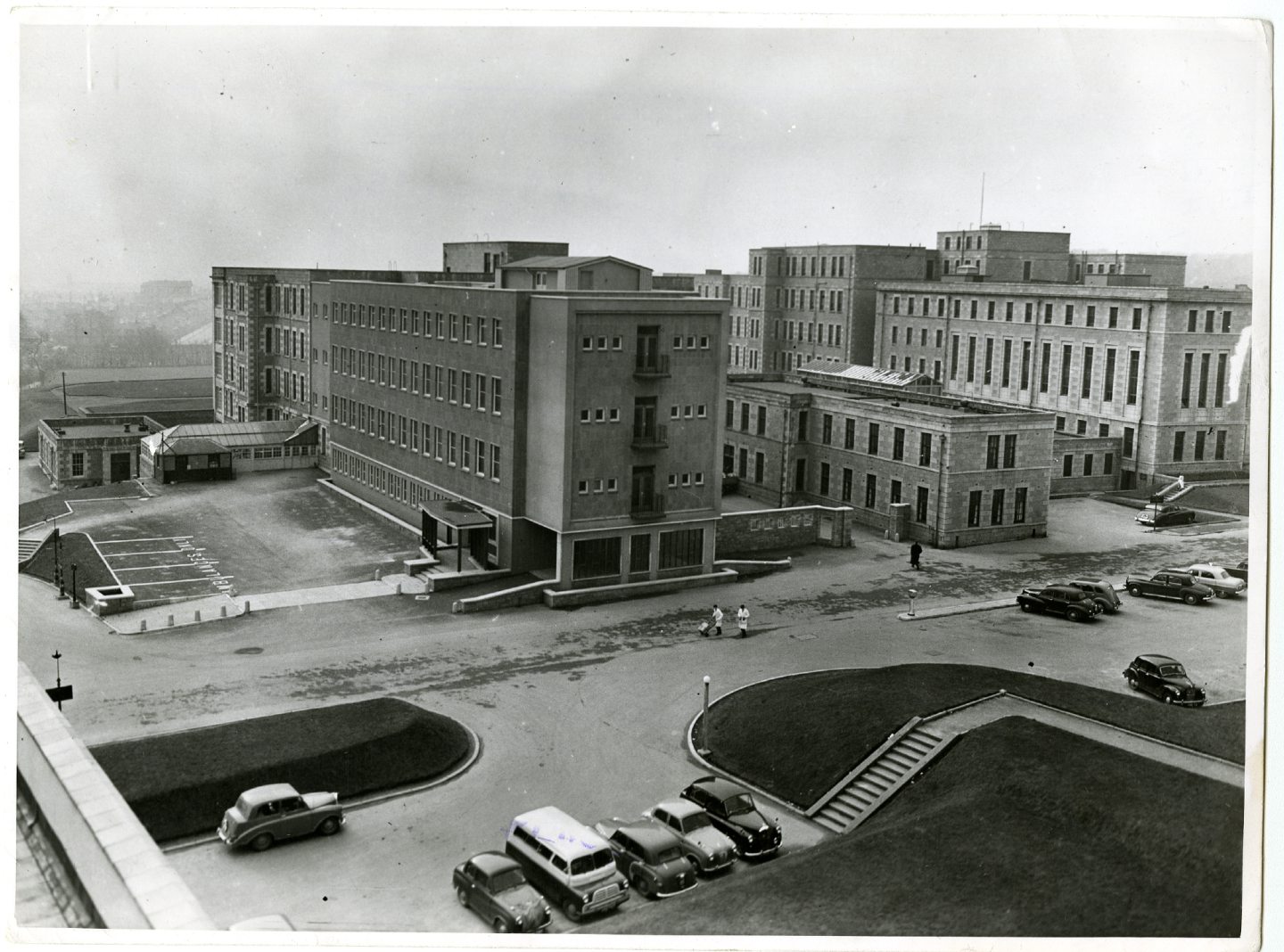
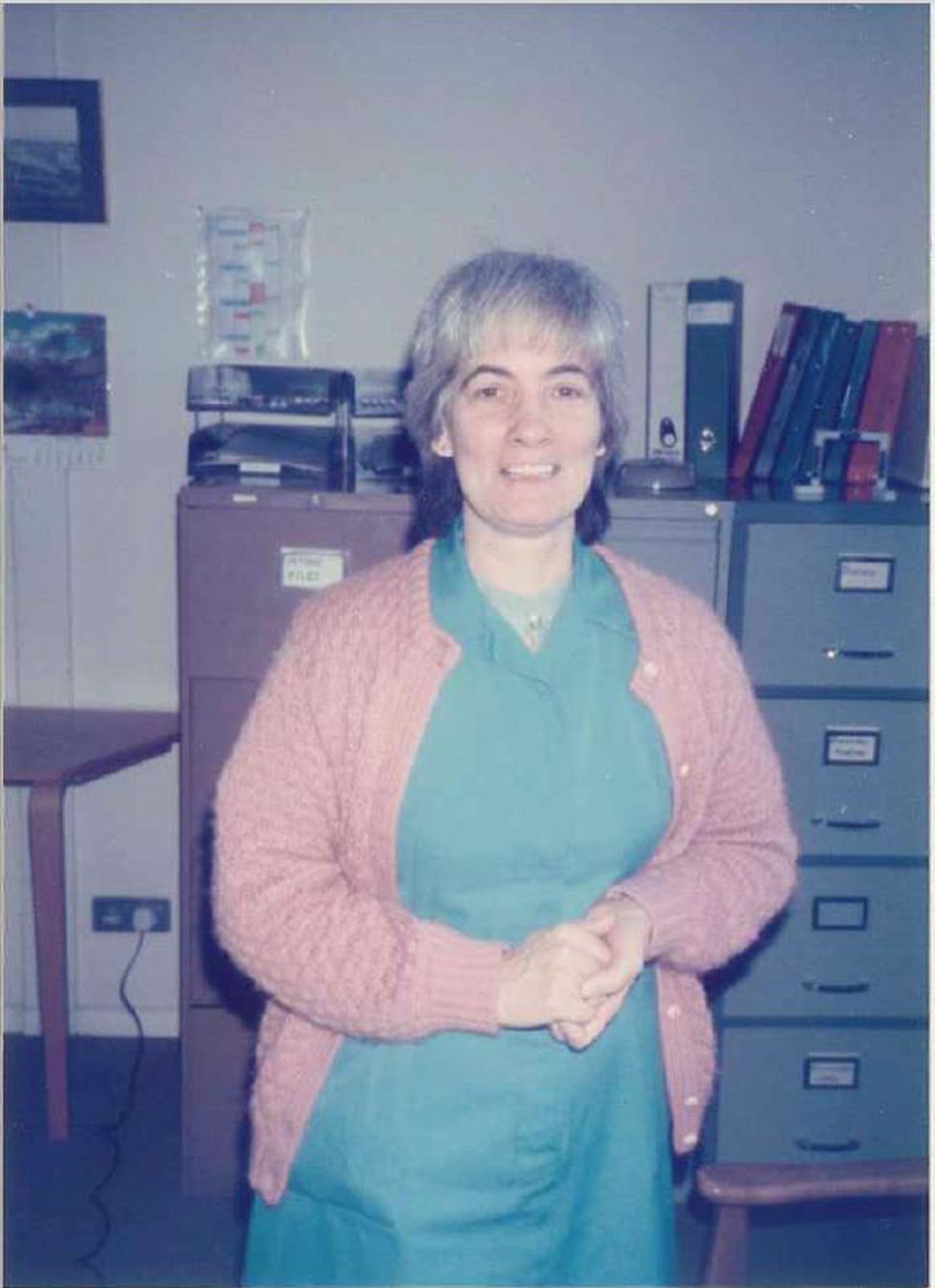
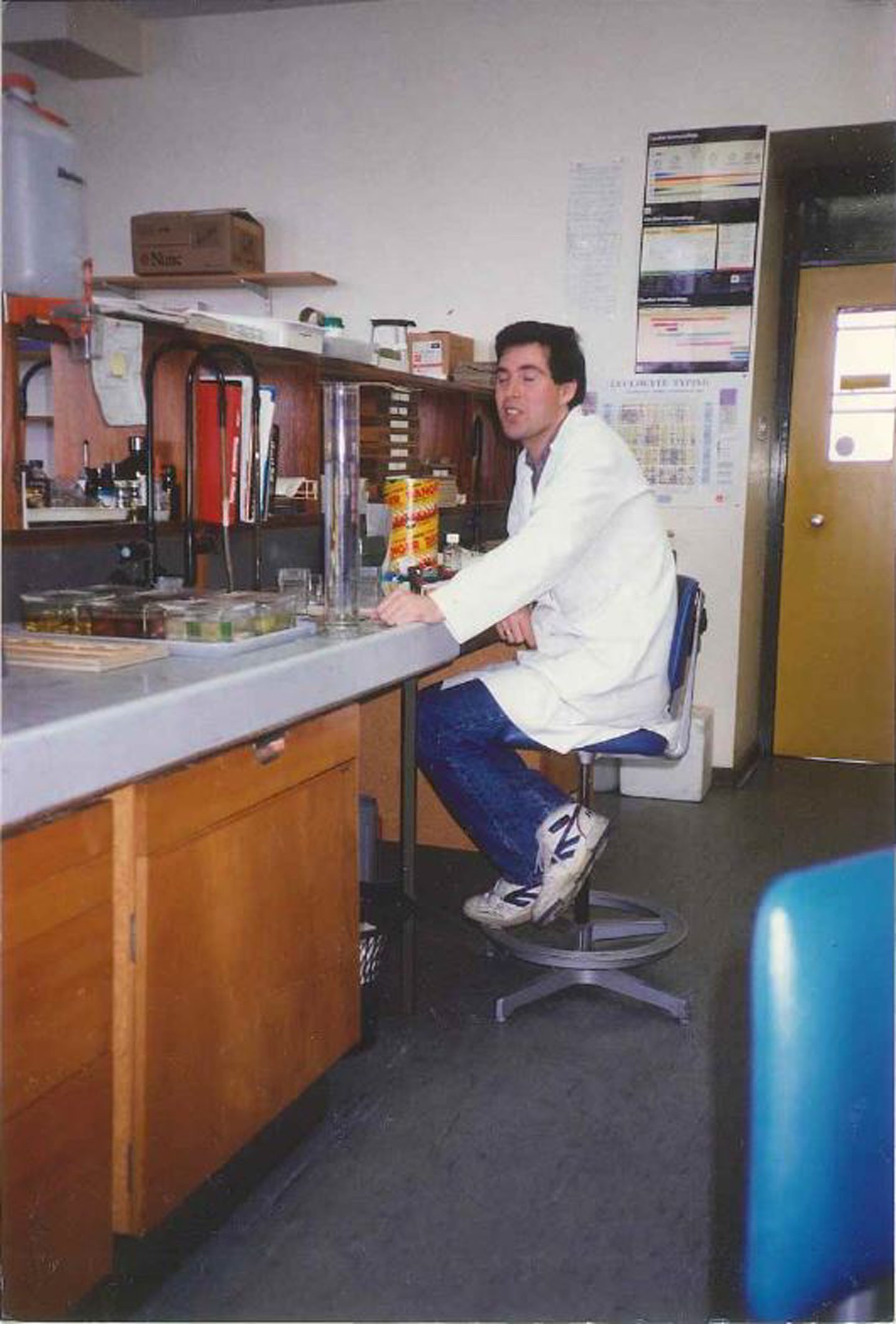
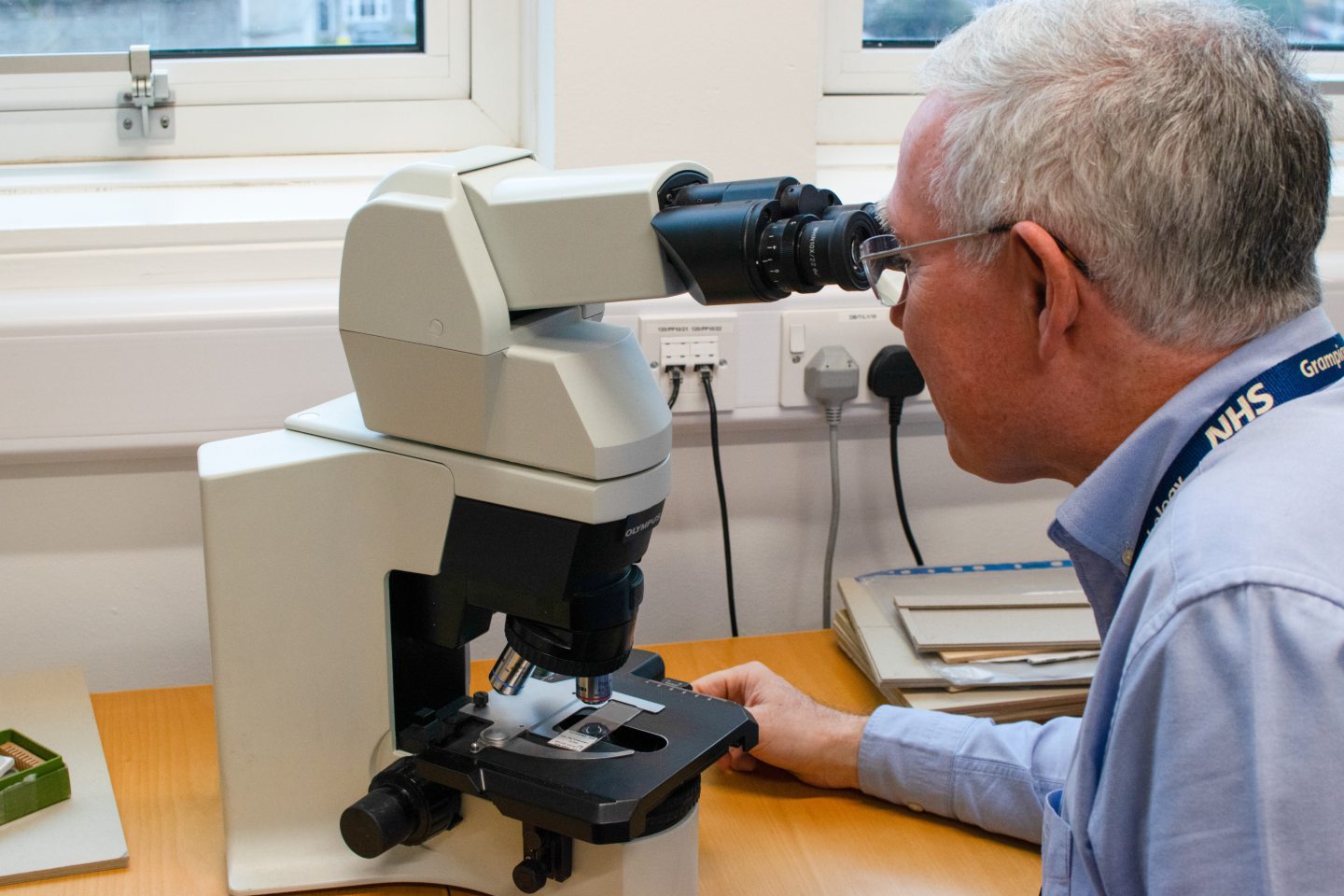
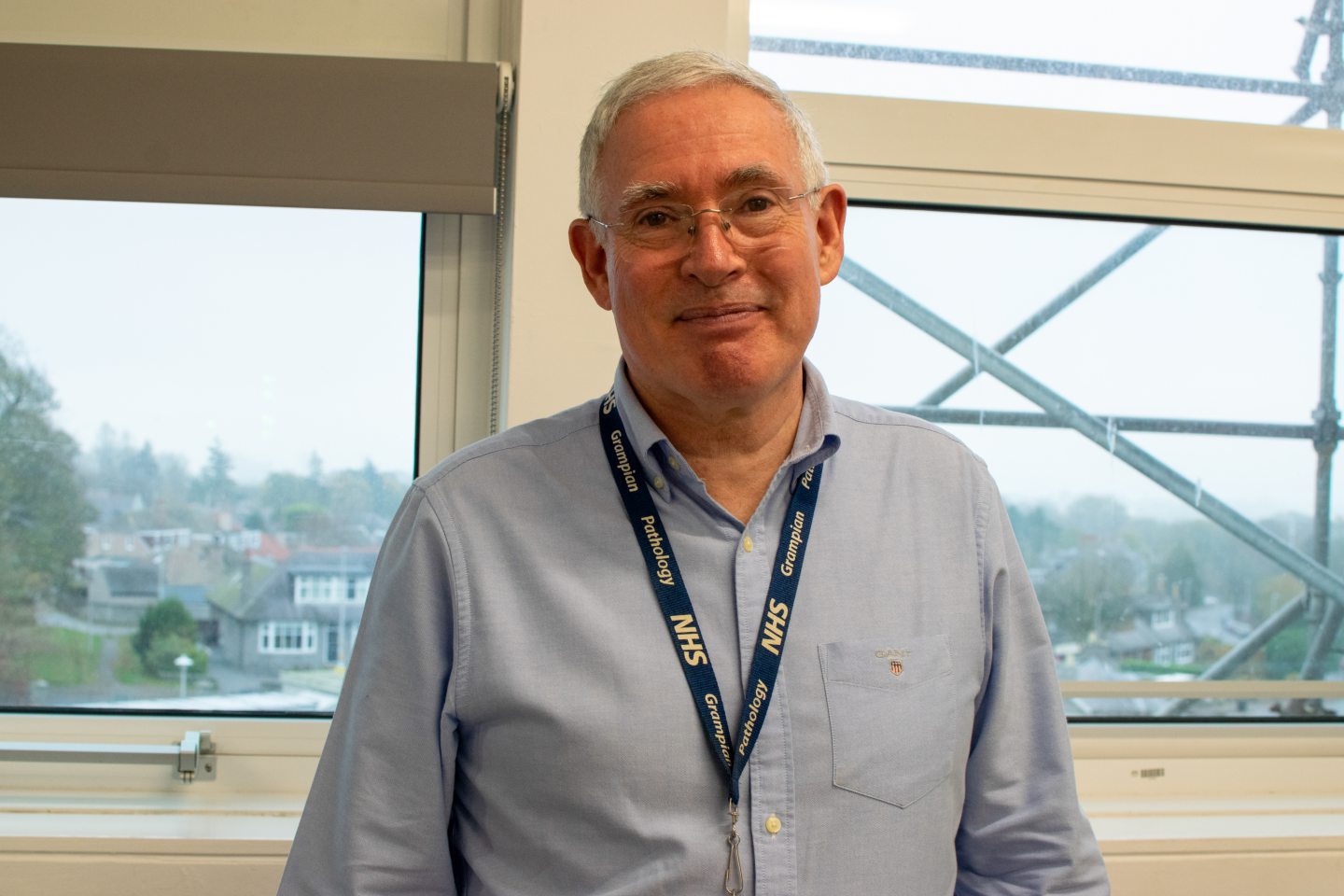
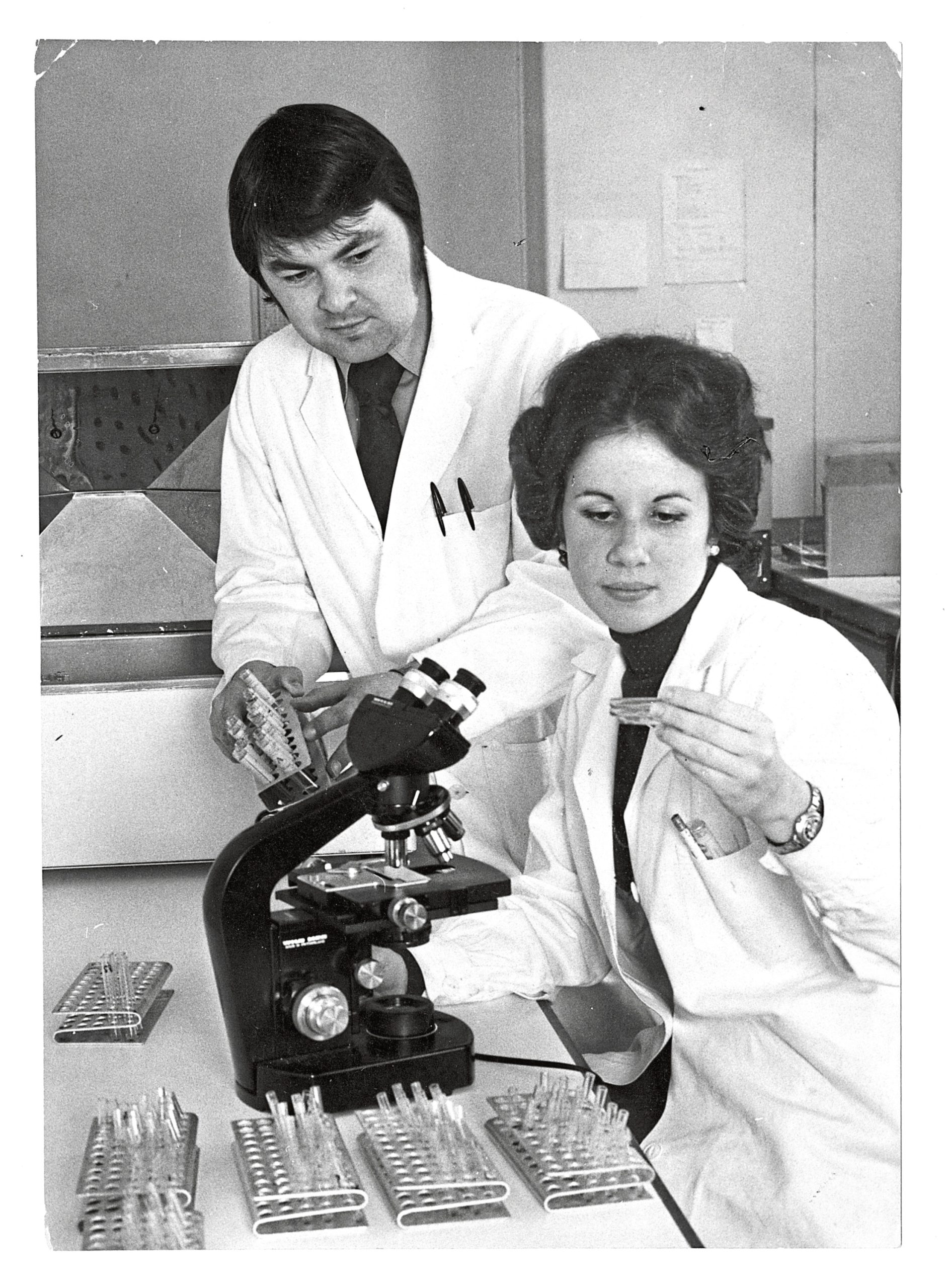
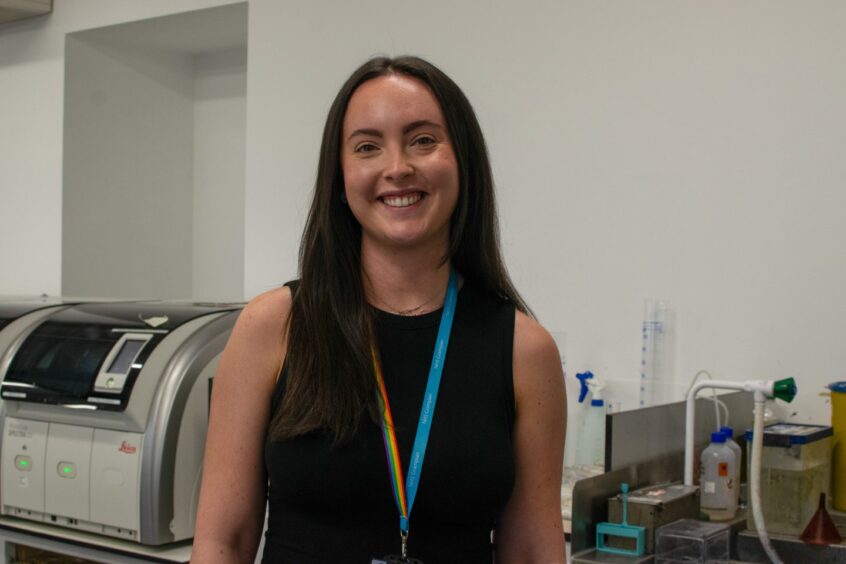
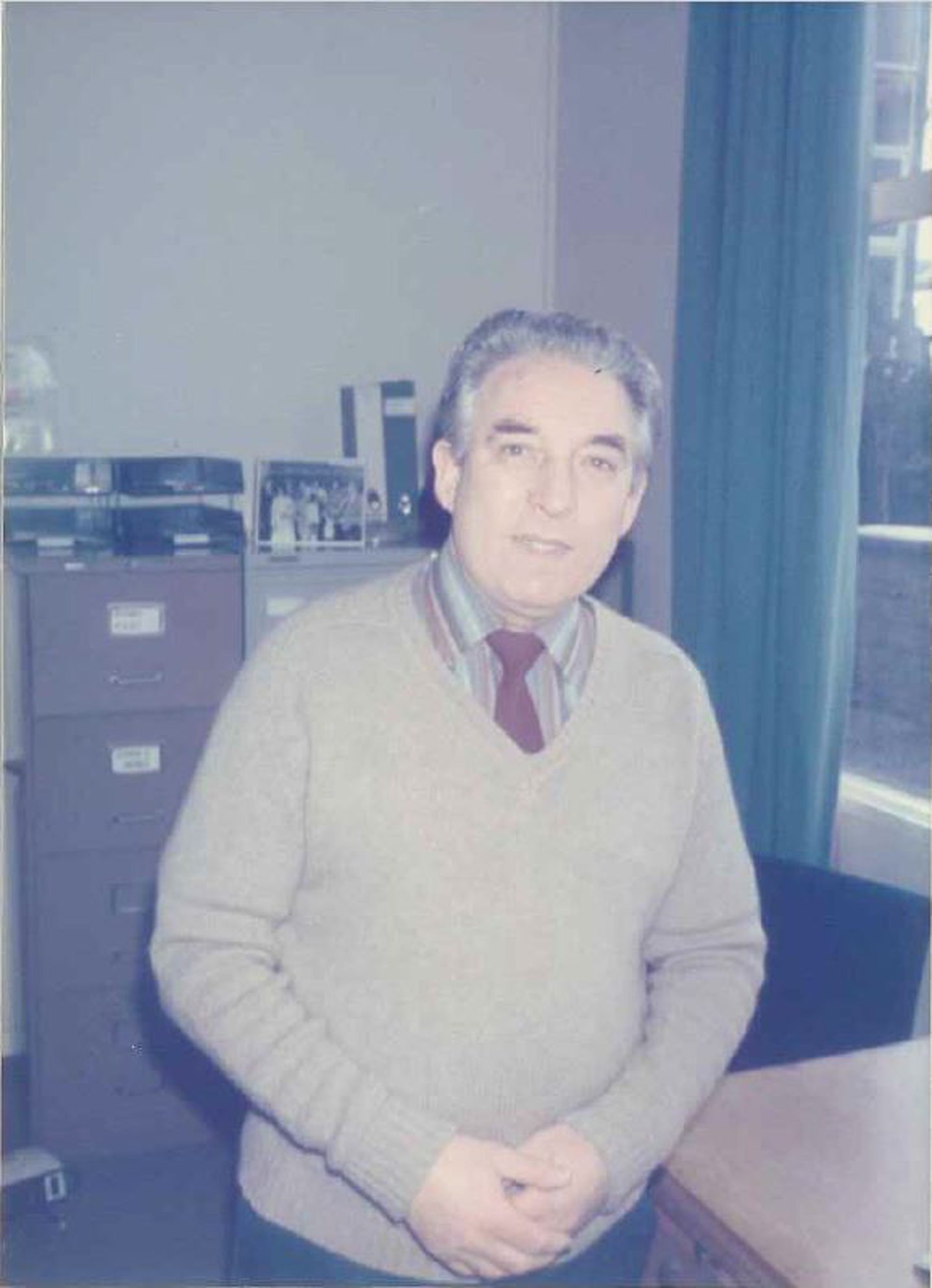
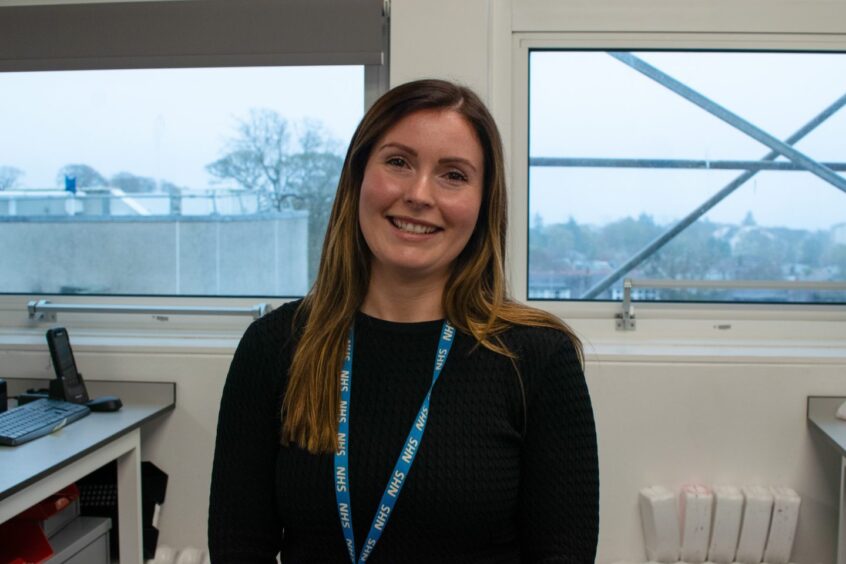
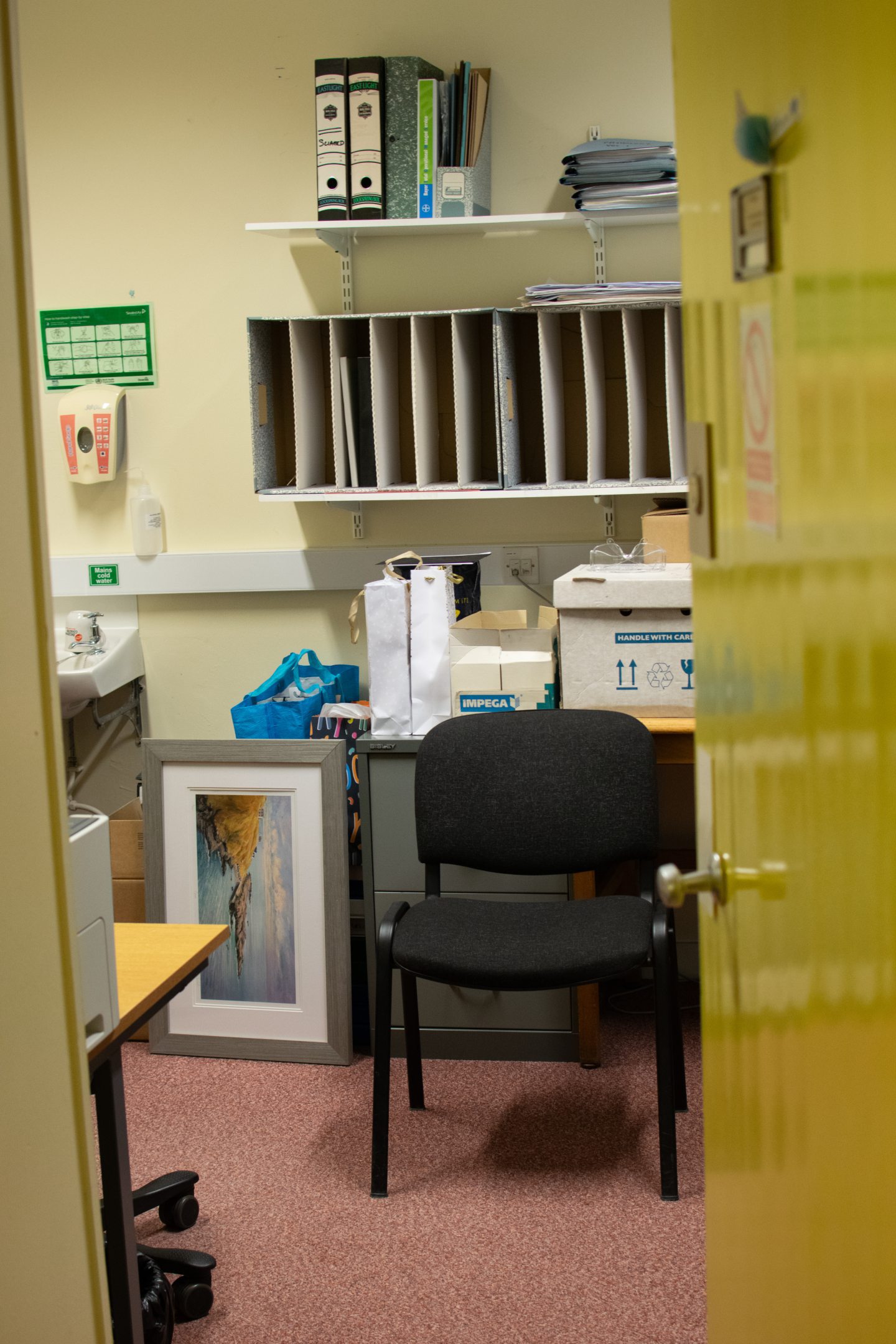
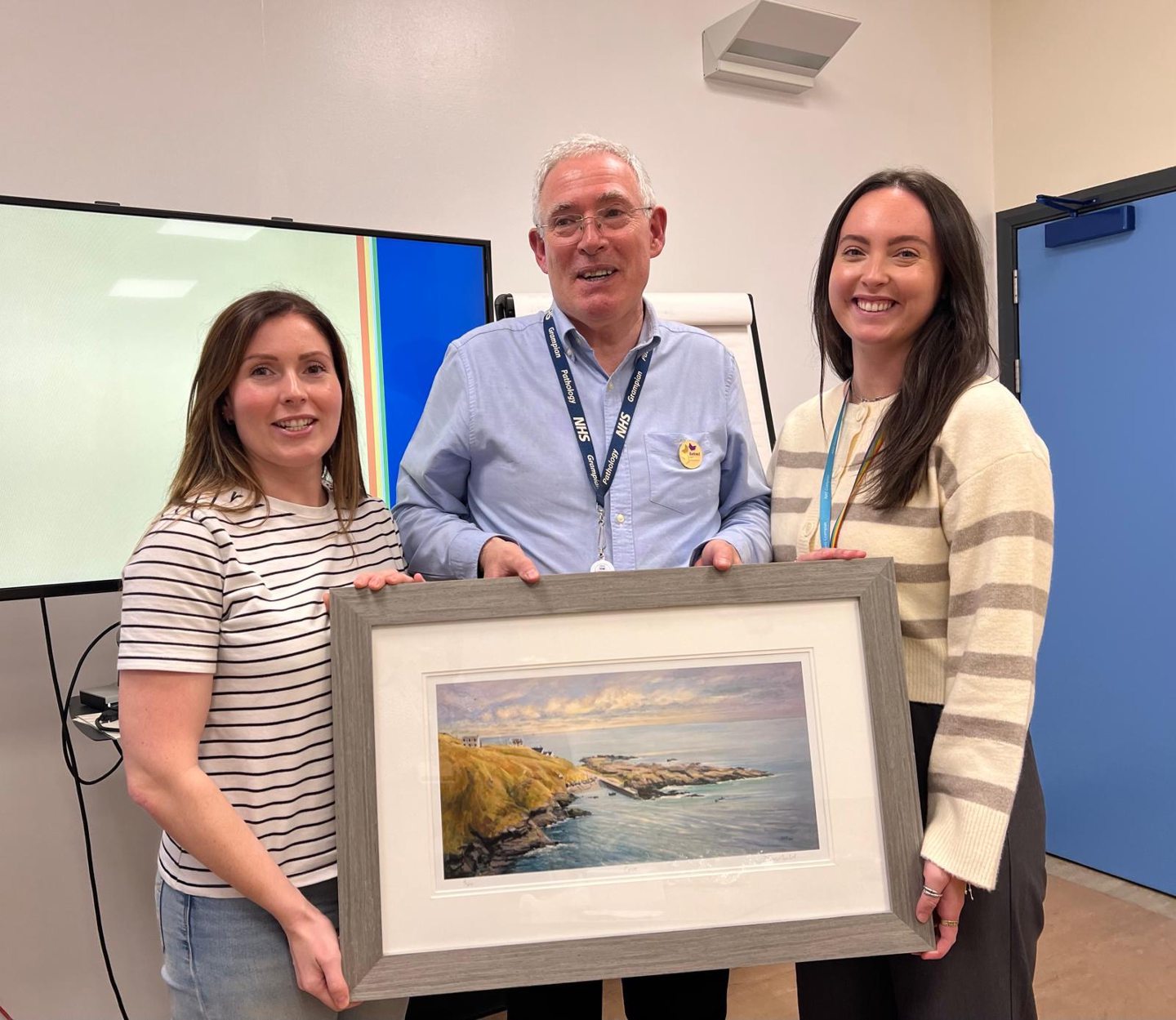
Conversation